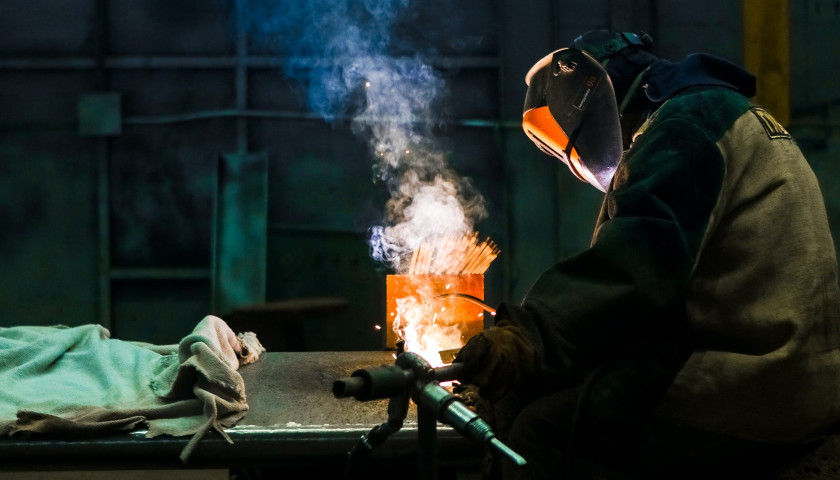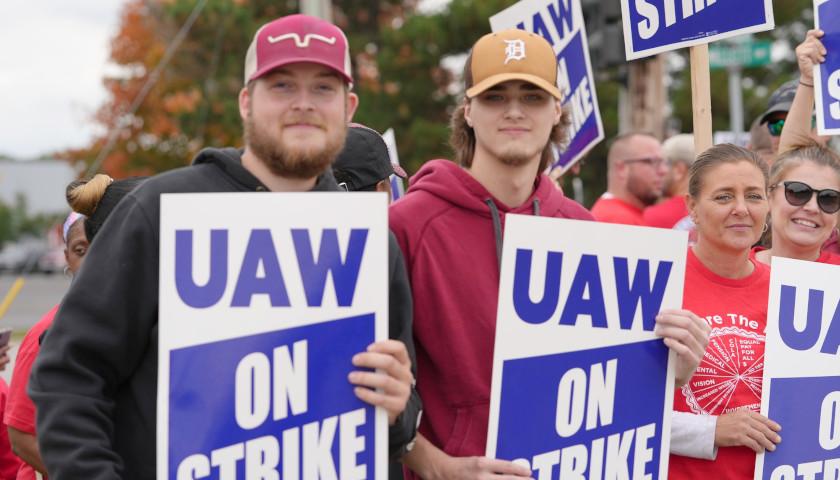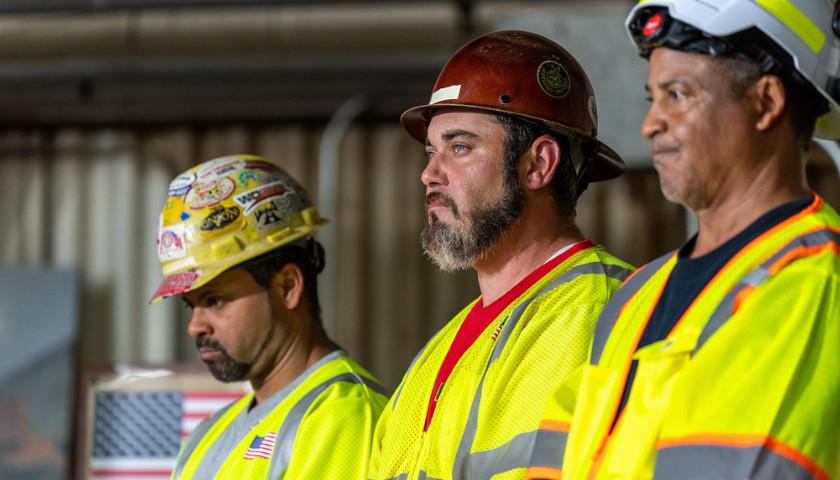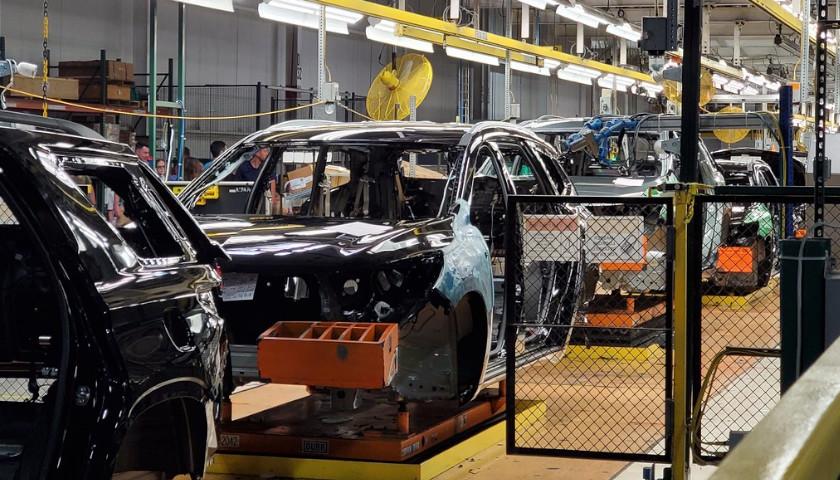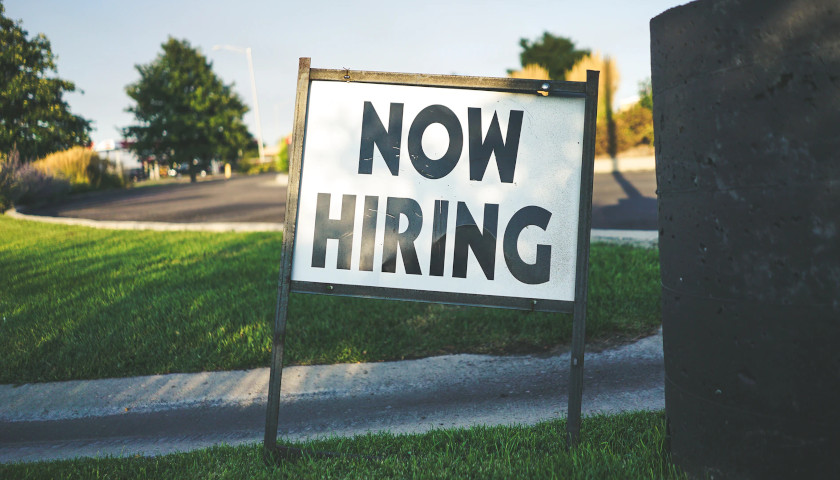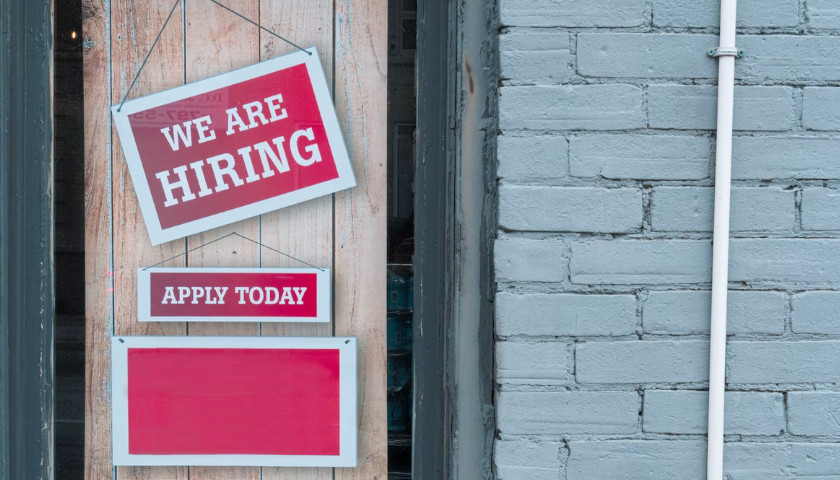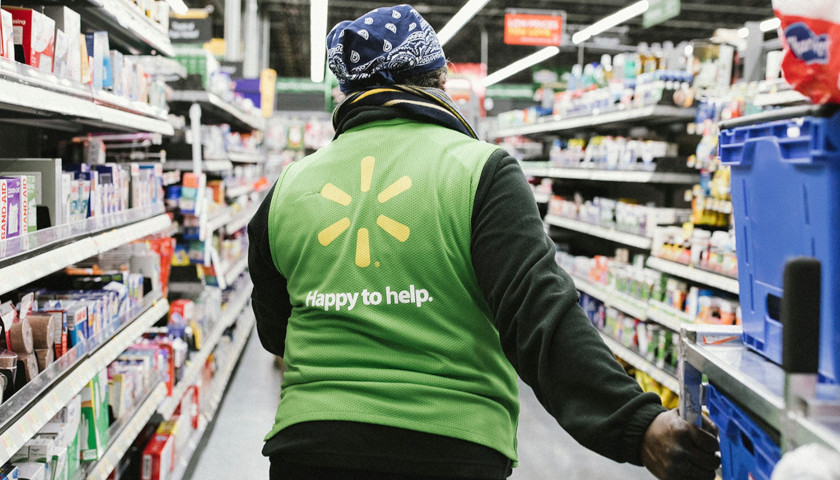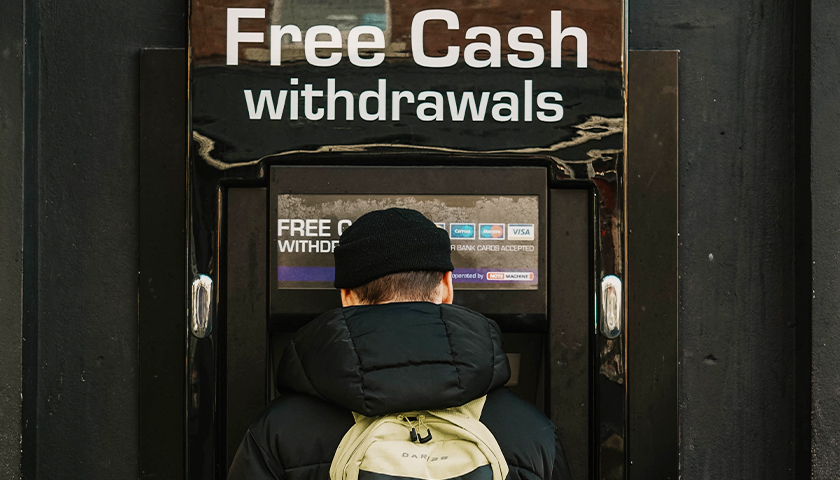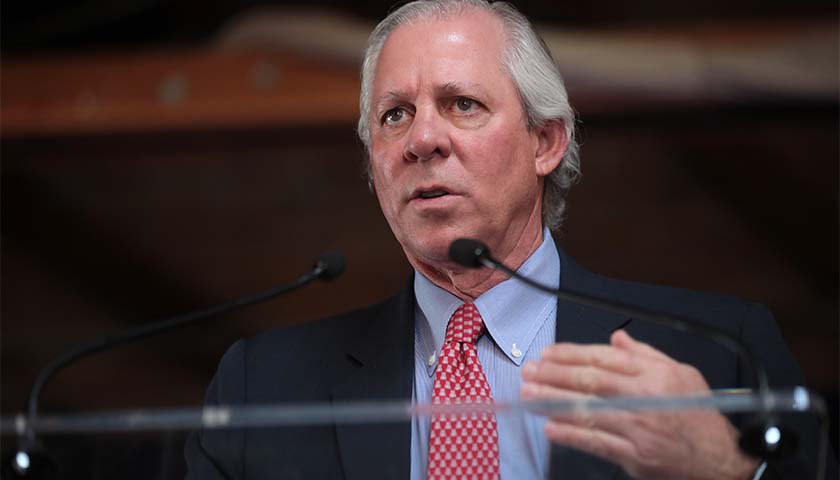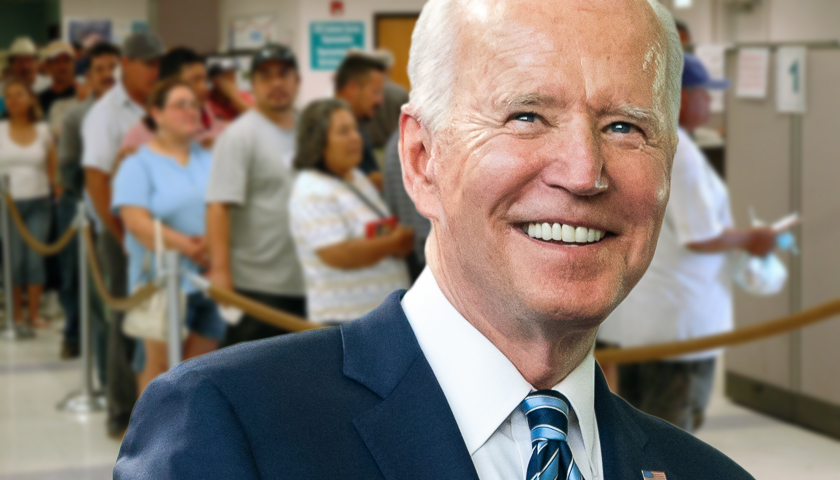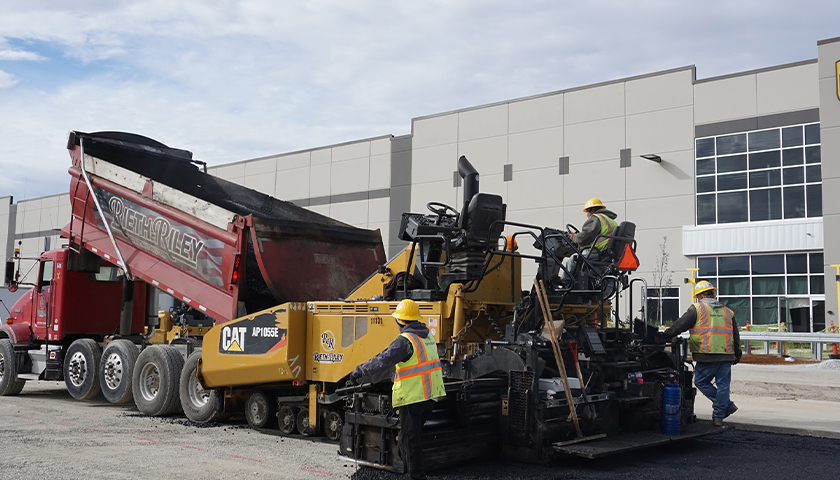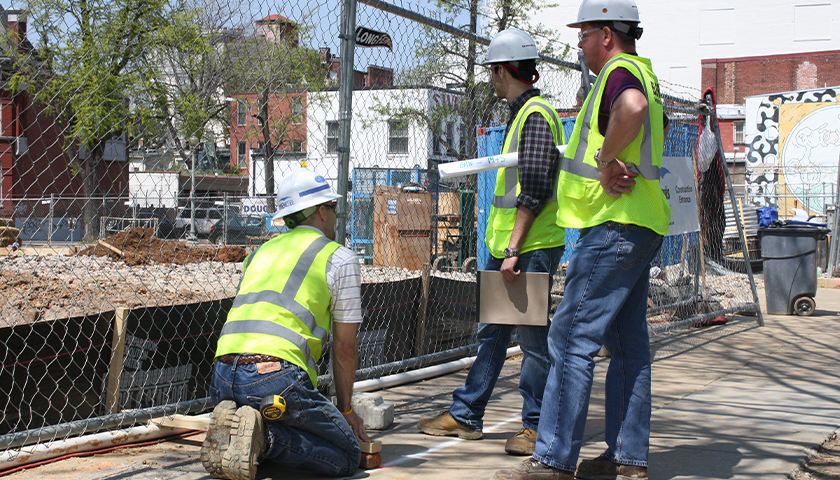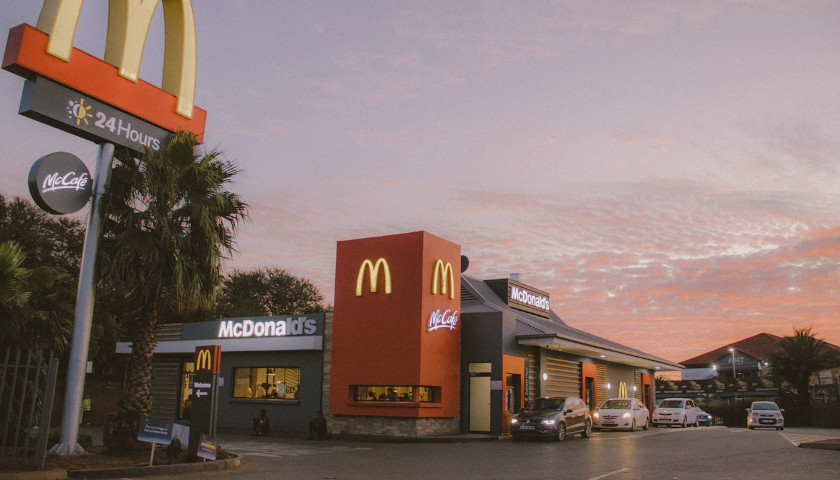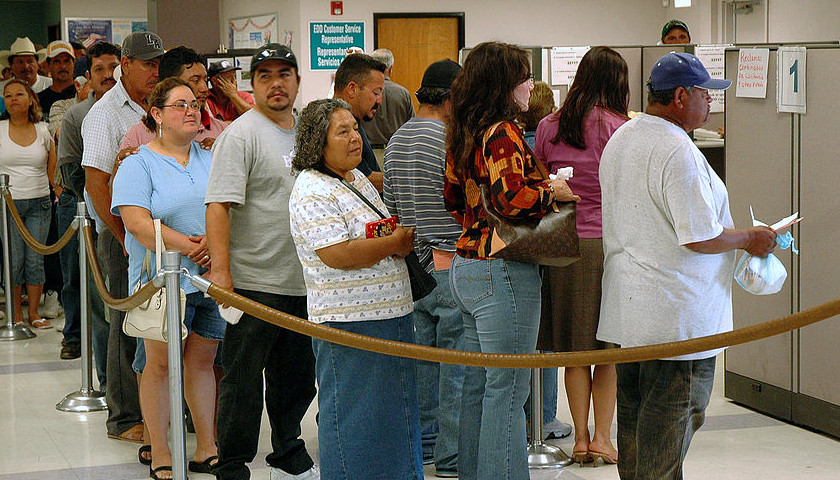Bowing to pressure from banks and taxpayers concerned about a proposal to require financial institutions to report to the IRS gross inflows and outflows for just about every account in the country, Democrats have attempted to quell concerns by raising the threshold. Unfortunately, even the raised threshold is still laughably low to accomplish Democrats’ stated purpose of cracking down on wealthy tax cheats.
The original proposal would have required financial institutions to report on any account (be it a checking account, savings account, stock portfolio, etc.) which handled more than $600 in inflows and outflows in a given year. Obviously, that’s just about every account.
But the new proposal isn’t much better. This time, the threshold would be set at $10,000, and exempt payroll deposits. In other words, if a given taxpayer received $20,000 in payroll deposits, they would only exceed the threshold were other deposits and spending, taken together, to exceed $30,000.
Read the full story







